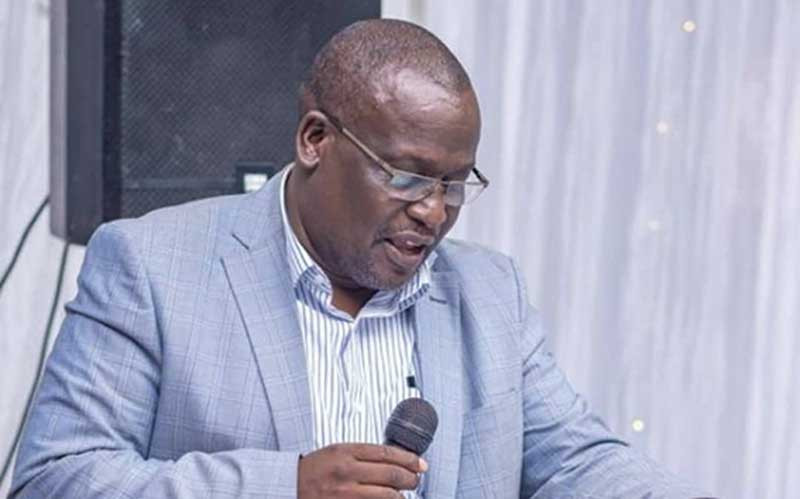
BULAWAYO Provincial and Devolution Affairs secretary Paul Nyoni says provision of devolution funds and government-facilitated loans from the African Development Bank have vastly revamped the city’s water purification and pumping capacity.
Bulawayo Metropolitan province has received ZWL$982 million under devolution funds in the past fours.
“The funds have been channelled towards various developmental projects that have face-lifted the city and improved service delivery in the health and education sectors,” Nyoni said.
The city’s supply dams are currently at 44,43% with the total volume of all dams at 184 208 617 cubic metres while the drawable volumes are at 167 623 509 cubic metres.
“Devolution funds as per law are directly sent to the local authority, in our case that will be Bulawayo City Council (BCC). In other words, a transfer comes from the government straight to BCC. Our role as an office is to assist with monitoring and evaluation primarily on two aspects,” said Nyoni.
He added that the government is strictly monitoring the usage of funds.
“For instance, you cannot use money meant for a clinic to deal with the burst pipes or to buy new cars when you are supposed to build a school,” he said.
“One of the ways of addressing water challenges was to deal with the water pumping capacity in the southern part of the city to the purification station at Criterion and then updating the purification station itself. I can say that devolution funds together with a loan that the government facilitated from African Development Bank has more or less revamped Bulawayo’s water purification and pumping capacity.
- Foreign currency service charges justified
- Tokenisation of devolution funds demonstrates govt’s insincerity
- ‘Devolution funds revamped Bulawayo water pumping capacity’
Keep Reading
“The reason for our current shortages is to do with the fact that our dams are below 50% at this time and you ration in order to try and get to the rainy season.”
Other projects implemented through devolution funds include the revamping of sewage networking in residential areas like Matshobana.







